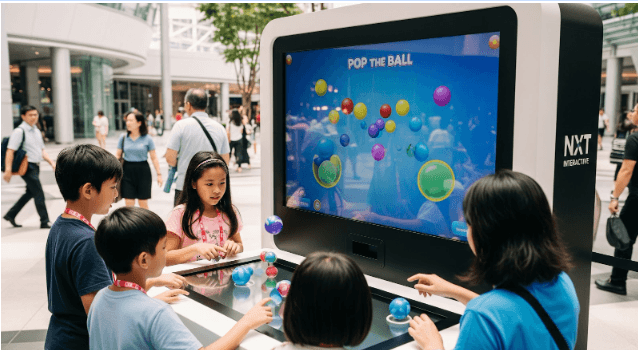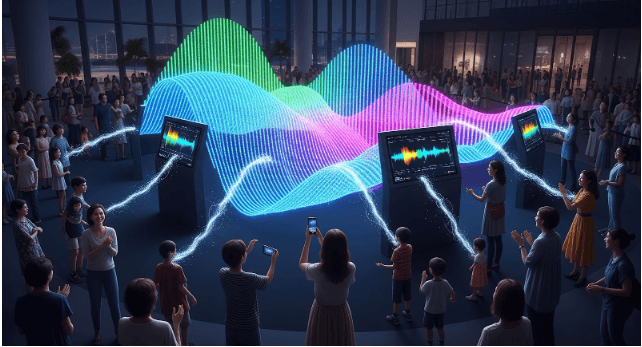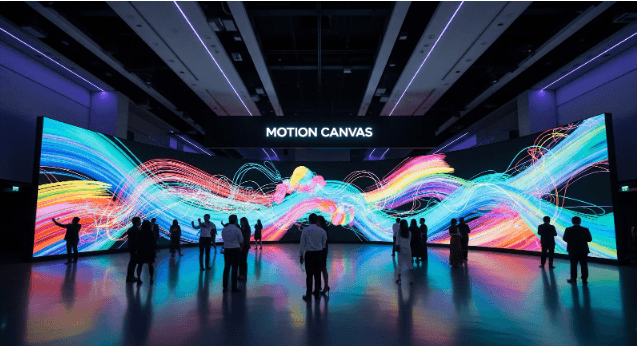Nov 7, 2025
Introduction
Singapore’s industrial sector is adopting immersive technology to strengthen workforce training and operational safety. With industries becoming more automated and process-driven, there is a growing need for training methods that are realistic, efficient, and data-driven.
NXT Interactive designs and delivers AR, VR, and simulation-based learning solutions that help organizations train employees in controlled digital environments. These tools allow workers to gain hands-on experience, practice safety procedures, and build confidence before entering real operational settings.
Why Immersive Training Is Gaining Importance
Traditional classroom or video-based instruction has limitations when it comes to skill retention and application. Employees often understand procedures conceptually but lack the opportunity to apply them in practice.
By introducing simulation-based training, organizations can:
Reduce operational risk during the learning phase.
Improve retention through experiential learning.
Track progress using objective performance data.
This approach is increasingly being adopted by manufacturing, logistics, aviation, and energy sectors in Singapore.
How AR and VR Are Used in Industrial Training
1. Virtual Reality for Safe Practice
VR modules replicate real work environments where employees can perform tasks such as machine handling, assembly, or maintenance without exposure to hazards.
NXT Interactive develops custom VR training simulations that mirror real-world conditions, enabling consistent and repeatable practice sessions.
2. Augmented Reality for On-Site Guidance
AR provides digital overlays that guide workers through complex tasks. Using AR-enabled tablets or smart glasses, employees can view live instructions, diagrams, and alerts while performing their work.
This method supports learning in the flow of work and minimizes dependency on supervisors for every step.
3. Simulation for Process Familiarization
Interactive simulations allow trainees to understand workflows and decision-making processes before operating equipment.
NXT’s simulation tools are designed for measurable outcomes, helping organizations evaluate readiness and adherence to safety protocols.
Applications Across Key Sectors
Manufacturing: Equipment operation, maintenance procedures, safety drills.
Aviation: Ground handling, cockpit training, emergency coordination.
Energy and Utilities: Facility inspections, shutdown protocols, repair procedures.
Logistics: Inventory handling, route management, hazard identification.
These use cases demonstrate how immersive learning complements existing training systems while reducing downtime and improving performance consistency.
Data and Performance Insights
Each session in an AR, VR, or simulation environment generates detailed data. Trainers can analyze metrics such as accuracy, task completion time, and decision patterns to identify areas for improvement.
NXT integrates performance dashboards that help organizations monitor learning progress and adjust programs as needed.
NXT Interactive’s Role
NXT Interactive provides end-to-end development of immersive training solutions, from scenario design to deployment.
Projects are customized based on organizational needs and can be scaled across departments or locations.
The focus is on delivering practical, measurable, and user-friendly learning tools that align with workplace objectives.
Conclusion
Immersive training through AR, VR, and simulation is becoming a standard part of Singapore’s workforce development strategy.
It enhances learning effectiveness, improves safety, and supports continuous skill improvement.
NXT Interactive continues to work with organizations to integrate these tools into their training systems — helping teams learn through experience, not just instruction.







